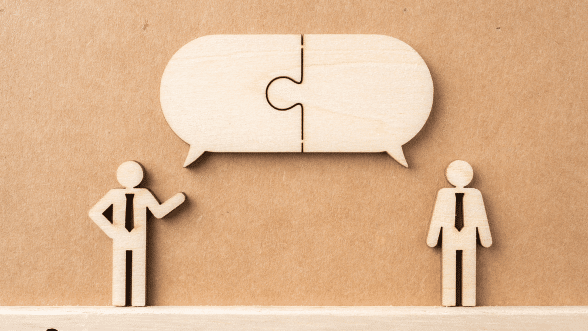What is Non-Verbal Communication?
- Non-Verbal Communication involves the transmission of messages or information without the use of words.
- It includes body language, facial expressions, gestures, posture, eye contact, and even tone of voice.
- Non-verbal communication plays a crucial role in how messages are received and interpreted.
Why is it important?
- Understanding and Clarity: Non-verbal cues can reinforce or contradict, helping to clarify the message or convey emotions more effectively.
- Building Relationships: Effective use of it helps in building trust, rapport, and understanding in interpersonal relationships, whether in personal, academic, or professional contexts.
- Perception and Influence: This affects how others perceive you, influencing impressions and interactions in social, educational, and work environments.
- Conflict Resolution: Non-verbal cues can play a significant role in resolving conflicts, as they convey empathy, attentiveness, and openness to dialogue.
How can coaching improve Non-Verbal Communication skills?
- Coaching can help individuals become more aware of their communication patterns and how they affect their interactions with others.
- It also isn’t always about sending messages: Coaching helps individuals better interpret others’ communication.
- For students, coaching might focus on developing positive body language, improving eye contact, and understanding the non-verbal cues of peers and teachers.
- For professionals, coaching can assist in refining communication during presentations, meetings, and negotiations, ensuring that their body language supports their messages.
- Overall, coaching provides practical strategies to enhance communication, leading to more effective and meaningful interactions in all areas of life.




